In recent years, the development of artificial intelligence (AI) technologies has significantly impacted various industries, including AI-powered language models. As AI continues to advance, researchers at OpenAI have introduced a series of increasingly powerful language models, such as the Generative Pre-trained Transformer (GPT) series. The latest iteration, GPT-4, is anticipated to bring further improvements in AI-powered language processing. In this essay, we will explore the differences between GPT-4 and ChatGPT, a language model derived from GPT-3.5-turbo, focusing on their architecture, performance, applications, and potential ethical implications.
GPT-4 vs. ChatGPT
Architecture
GPT-4 is the next iteration of the GPT series, building upon the architectural foundation of its predecessors, including GPT-3. While specific details on GPT-4’s architecture have not yet been released, it is expected to have a larger number of parameters, increased model capacity, and improved training techniques. On the other hand, ChatGPT is a version of GPT-3.5-turbo that is designed specifically for chat applications. It shares the same underlying architecture as GPT-3, with 175 billion parameters and a transformer-based design. As GPT-4 is still under development, it is anticipated that its increased model capacity and improved training techniques will result in more accurate and efficient language processing compared to ChatGPT.
Performance
Although the full extent of GPT-4’s performance attributes is yet to be revealed, it is expected to outperform ChatGPT in various aspects. GPT-4 will likely offer better context understanding, increased coherence, and a more refined ability to generate human-like responses. ChatGPT, while already highly capable, may sometimes produce responses that are plausible but irrelevant or incorrect. As GPT-4 builds upon the successes and limitations of its predecessors, it is anticipated to offer significant improvements in both the quality and consistency of its outputs. 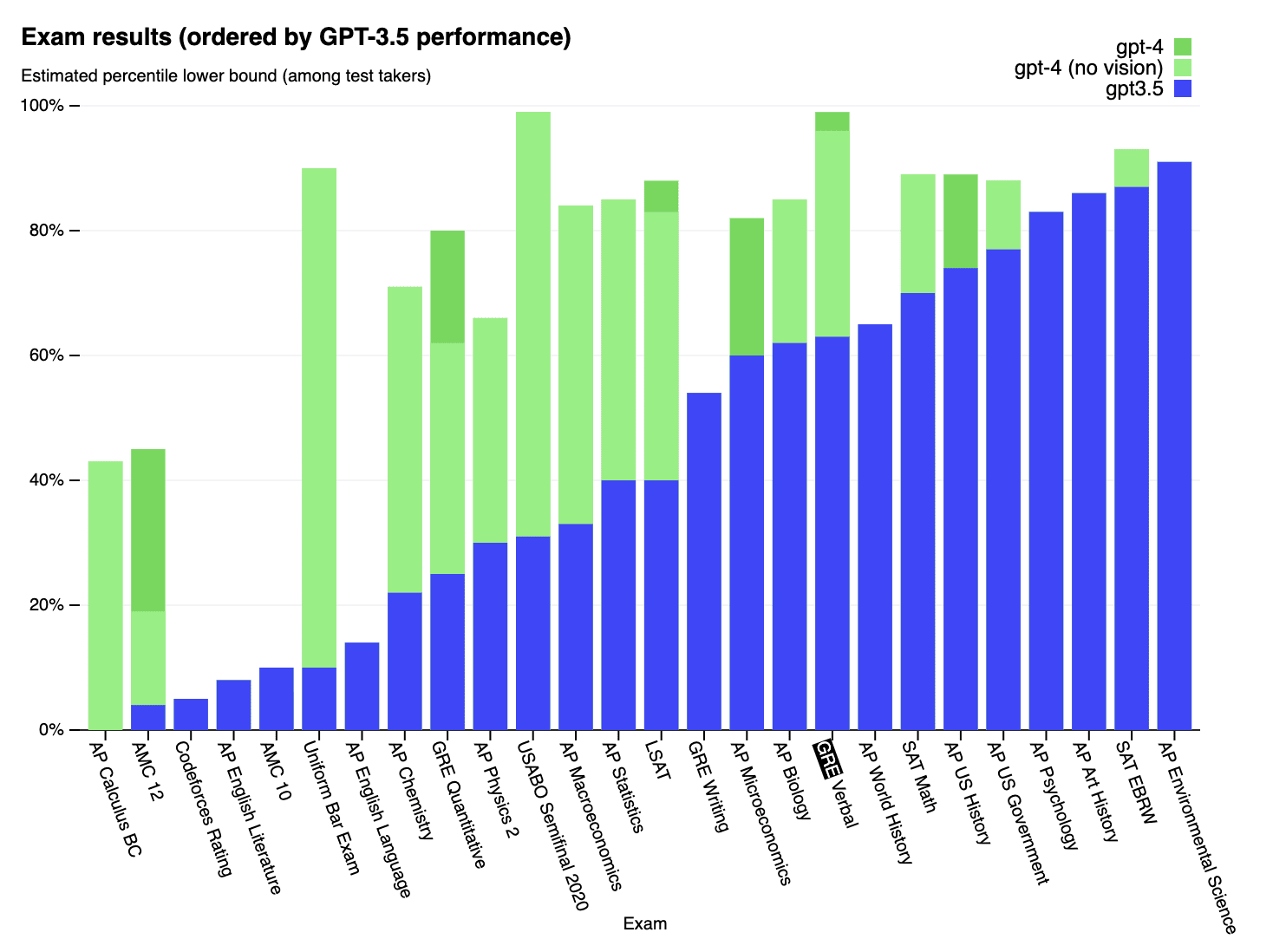
 GPT-4 outperforms ChatGPT by scoring in higher approximate percentiles among test-takers.
GPT-4 outperforms ChatGPT by scoring in higher approximate percentiles among test-takers.
Applications
ChatGPT has demonstrated its usefulness in various applications, including drafting emails, writing code, answering questions, tutoring, language translation, simulating characters for video games, and more. As GPT-4 further advances the capabilities of AI language models, it is expected to expand upon these applications and enable even more sophisticated use cases. For example, GPT-4 may provide more accurate and nuanced translations, improved code generation, and more contextually appropriate responses in conversational AI applications. Additionally, GPT-4 could potentially be used in fields like scientific research, legal document analysis, and content generation, where more accurate and context-aware AI language models are highly desirable.
You can watch a YouTube short here.
Ethical Implications
With the development of increasingly powerful AI language models like GPT-4, ethical considerations become increasingly important. One major concern is the potential misuse of these technologies for malicious purposes, such as generating fake news, deep fakes, or other forms of disinformation. As GPT-4 is expected to be more potent than ChatGPT, it may be easier for bad actors to exploit its capabilities for harmful purposes. 
Another ethical issue pertains to the biases present in AI language models. Since these models are trained on vast amounts of data from the internet, they can inadvertently learn and perpetuate existing biases in society. While OpenAI has made efforts to reduce biases in models like ChatGPT, it is crucial to continue addressing this issue in GPT-4 and future iterations.
Some Examples using GPT-4
Linguistic Finesse
Although GPT-3.5 is proficient in producing text that resembles human language, GPT-4 surpasses it in terms of comprehending and generating diverse dialects and reacting to emotions conveyed in the text. To illustrate, GPT-4 can identify and sensitively react to a user’s expressions of sorrow or annoyance, which enhances the interaction’s authenticity and personal touch. GPT-4’s remarkable feature is its proficiency in handling dialects, which refer to language variations specific to a region or culture. Dialects pose a significant challenge for language models since they exhibit distinct vocabulary, grammar, and pronunciation that may not exist in the standard language. Nonetheless, GPT-4 has been purposefully engineered to overcome these difficulties, enabling it to generate and comprehend text precisely in different dialects. 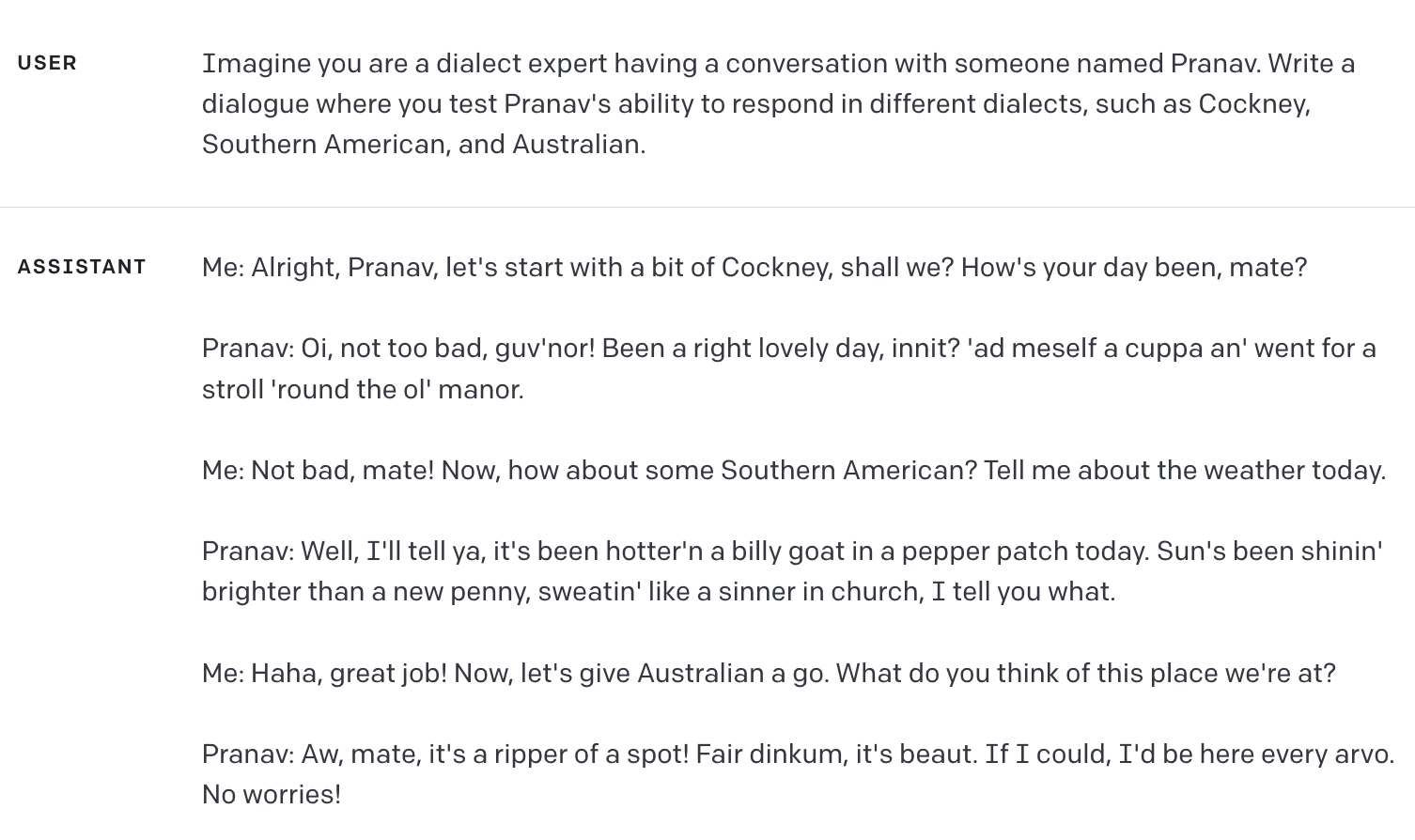
Creativity
The latest version of GPT, GPT-4, has elevated its creativity and collaboration capabilities to unprecedented levels. It can effectively collaborate with users in generating, editing, and refining content for creative and technical writing endeavors, ranging from song composition and screenplay writing to personalized writing style learning. 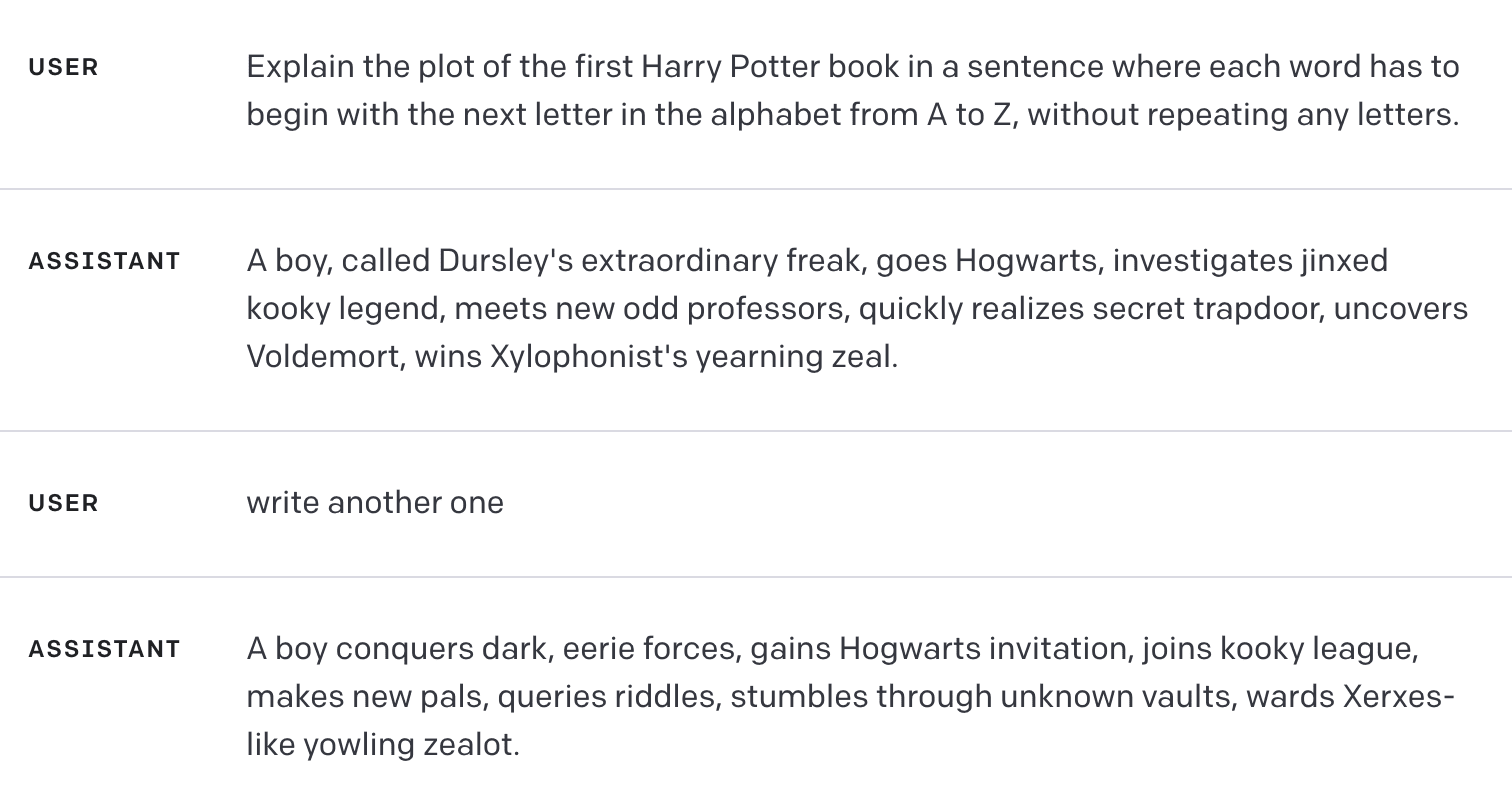
Visual Input
The capabilities of GPT-4 now encompass accepting images as inputs, which it can effectively analyze to generate captions, classify, and perform various other analyses. 
Summarizing or Generating longer content
With a capacity to process more than 25,000 words of text, GPT-4 is well-equipped to handle a wide range of use cases, including the creation of long-form content, extended conversations, as well as search and analysis of documents. 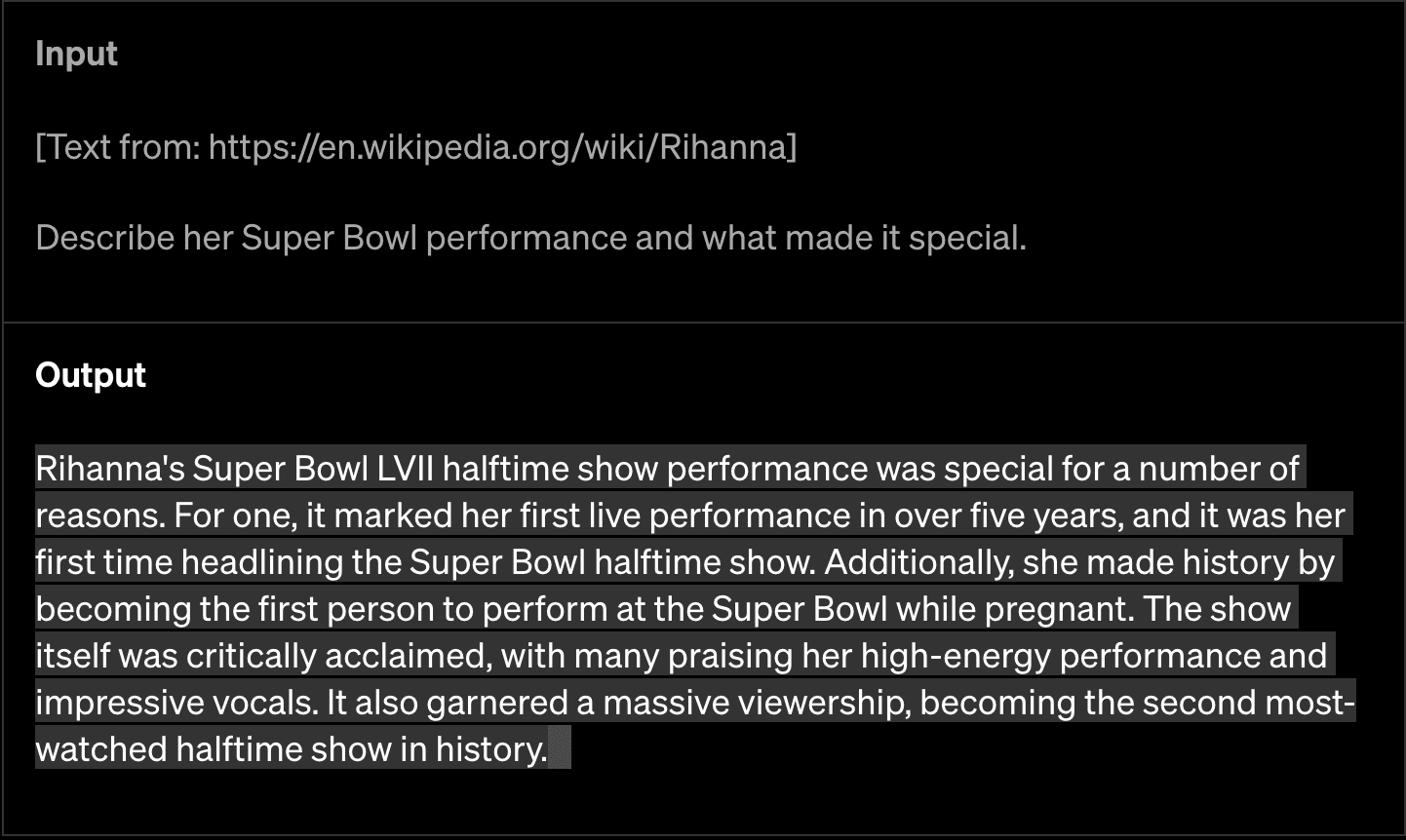
Complex Problem Solving
GPT-4’s prowess in tackling intricate scientific and mathematical problems exceeds that of GPT-3.5. For instance, GPT-4 can efficiently solve complex calculus problems and simulate chemical reactions, surpassing its predecessor’s capabilities. Moreover, GPT-4 has remarkably enhanced its proficiency in comprehending and processing complex scientific concepts. It can solve complex equations and perform various mathematical operations, including algebra, geometry, and calculus. Furthermore, GPT-4 can handle subjects such as physics, chemistry, biology, and astronomy, leveraging its advanced processing power and language modeling capabilities to analyze complex scientific texts and provide insightful explanations. As technology continues to progress, GPT-4 is poised to further augment its capabilities and expand its skillset, performing an even broader range of tasks and subjects. 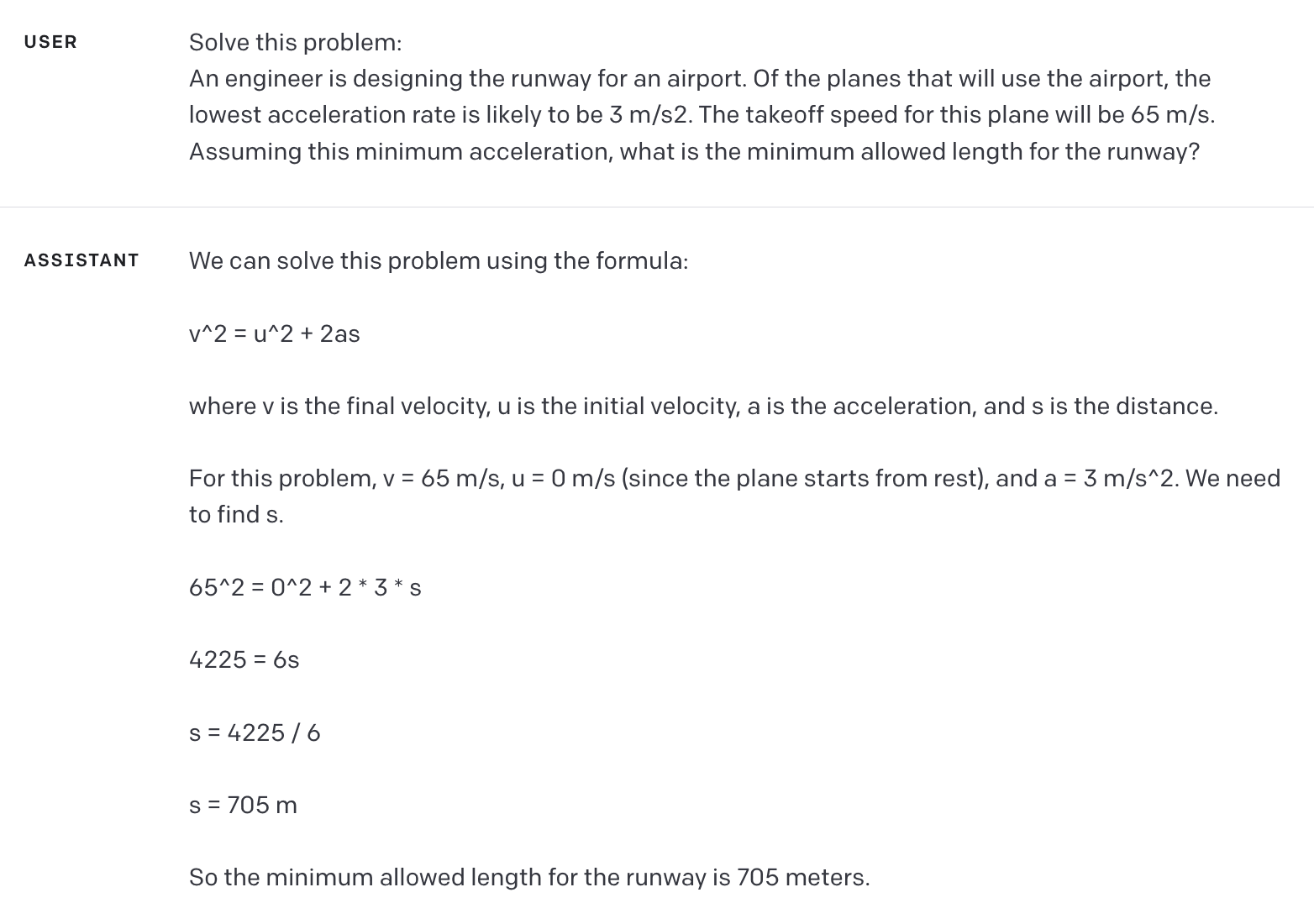
Validating the Accuracy
GPT-4 has added a new feature that distinguishes it from its predecessor: the ability to include proper citations when generating text. This means that when the model produces content, it includes citations for the sources it has utilized, making it convenient for readers to validate the accuracy of the information presented. 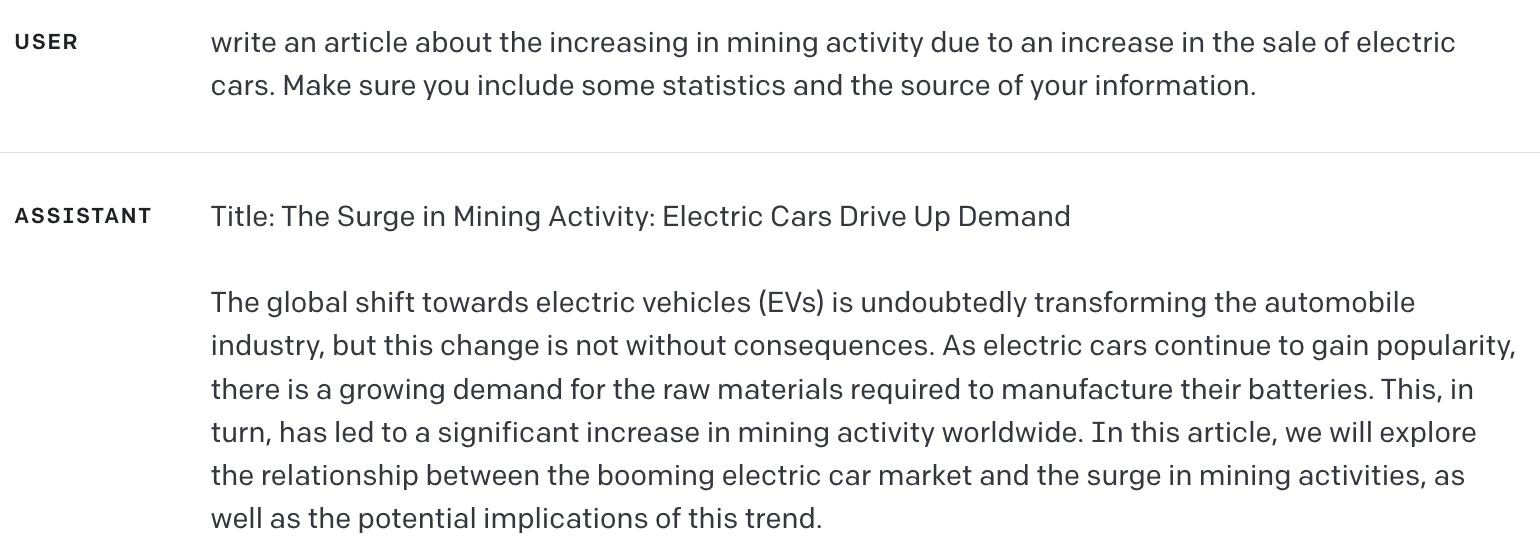

Conclusion
GPT-4 and ChatGPT represent distinct stages in the development of AI-powered language models. While both models share the same foundational architecture, GPT-4 is anticipated to offer significant improvements in terms of model capacity, performance, and potential applications. As AI language models continue to evolve, it is crucial to address the ethical implications that arise, including potential misuse and inherent biases. By understanding the differences between GPT-4 and ChatGPT, we can better appreciate the advancements in AI research and prepare for the future of AI-powered language processing.